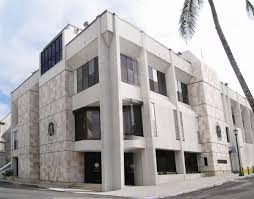NASSAU, BAHAMAS — The Central Bank said yesterday it is working with the money transmission sector to better refine risk classifications, noting that such entities have historically under-graded some of their customer risks.
In a recently released summary of its analysis of the AML Data Returns submitted by banks and trust companies, co-operative credit unions and money transmission businesses, the regulator stated: “From 2019 to 2020, the MTB customer profile shifted somewhat from low-risk customers to mostly medium and some high-risk customers.
“This change reflected changes in MTB classification policies more than changes in the underlying customer mix.
“Opposite to the credit union experience, the Central Bank considers that MTBs have historically under-graded some of their customer risks. Furthermore, client risk classification policies vary materially among MTBs.
“We are working with the sector to better refine risk classifications.”
According to data obtained by the regulator, during 2020, the MTBs collectively reported serving 162,769 customers (2019: 165,807); conducted 484,540 transactions (2019: 696,000); sent funds totaling $125 million (2019: $152 million); and received funds totaling $36 million (2019: $39 million).
It noted that 2020 transaction volumes were probably somewhat depressed due to COVID-19 unemployment, and somewhat increased due to inter-family support payments across borders.

“During 2020, the majority of the value of transactions were sent to Haiti, Jamaica and the United States of America, similar to 2019,” the Central Bank said.
“Inter-island Bahamian transfers accounted for approximately five percent of transactions sent by the MTBs.
“There was a small increase in the value of transactions sent to the United States of America, and there was a slight decline in the value of transactions sent to Jamaica.”
It added: “In relation to the risk rating for 2020, the majority of the MTB customers (approximately 88 percent) were reported as low risk, with approximately 10 percent rated as medium risk and two percent rated as high risk.
“The number of high-risk customers in the MTB sector totaled roughly 4,199, of which two-thirds were reported by one MTB.
“This MTB reported a significant increase in the number of high-risk customers from 2019. Last year, the sector reported a total of approximately 1,000 high-risk customers.”






